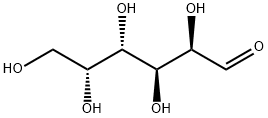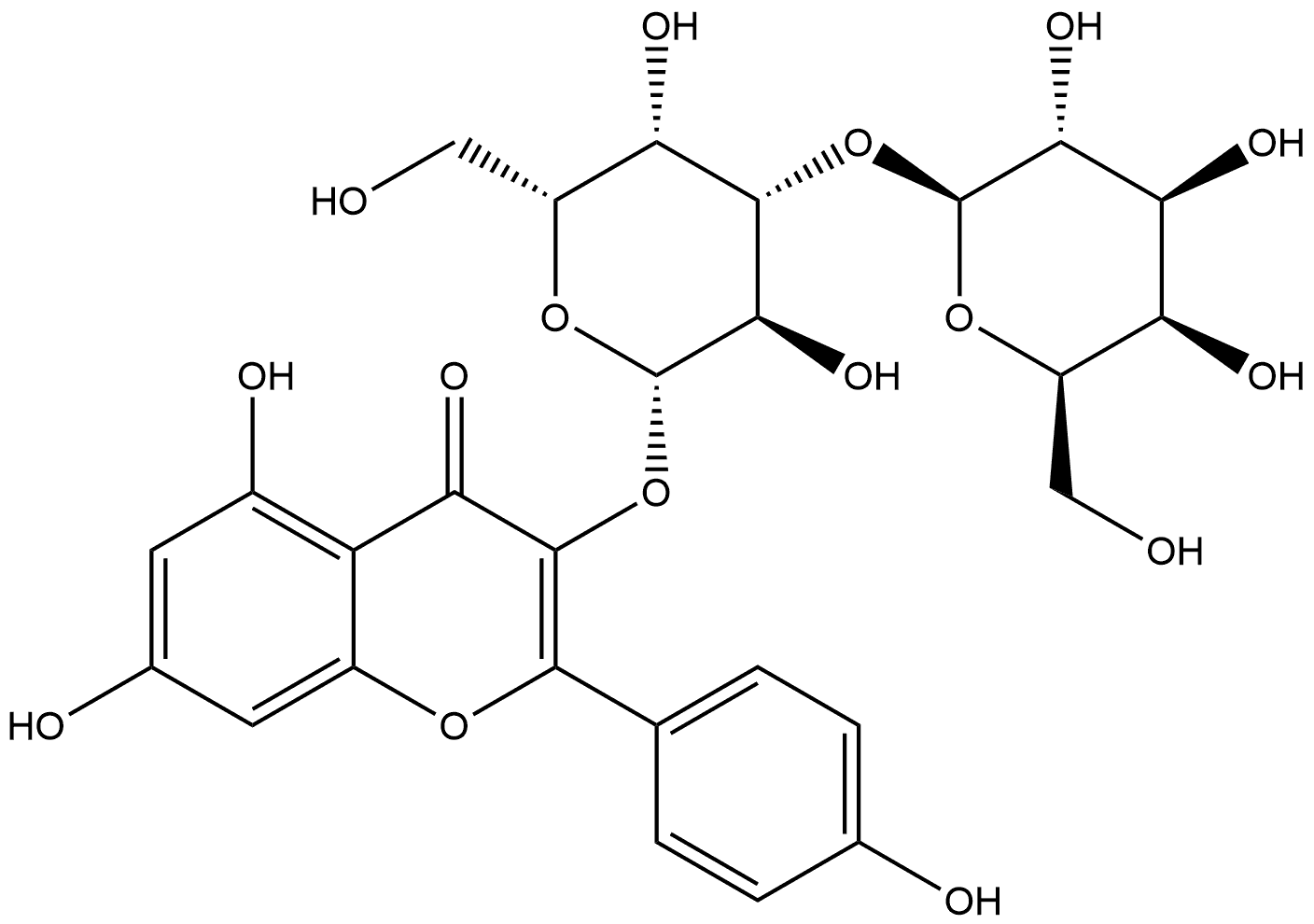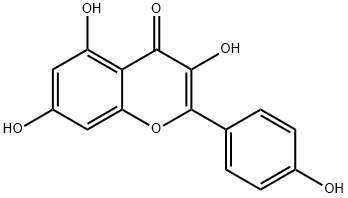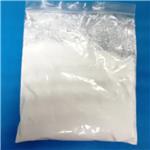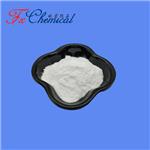Description
D-Galactose is a monosaccharide sugar that serves as an energy source and glycosylation component. It is a C-4 epimer of glucose and often used as a source of carbon in culture media. Galactose is a component of the disaccharide lactose and released upon hydrolysis by β-galactosidase enzymes. It is converted to glucose via the Leloir pathway or metabolized via an alternative pathway, such as the DeLey-Doudoroff pathway.
Description
D-Galactose is a natural aldohexose and C-4 epimer of glucose. D-galactose is converted enzymatically into D-glucose for metabolism or polysaccharides for storage. Chronic, systemic exposure to D-galactose accelerates senescence in invertebrates and mammals and has been used as a model for aging. In bacteria, D-galactose is imported by a methyl-galactoside transport system to drive chemotaxis.
Chemical Properties
White powder
Uses
Galactose is a simple monosaccharide used as a component of the galactosyltransferase labeling buffer. It serves as an energy source and an important constituent of glycolipids and glycoproteins. Since it is a component of antigens, it plays a vital role in the determination of blood type within the ABO blood group system.
Uses
A C-4 epimer of Glucose (G595000) found in milk and sugar beets as well as being synthesized by the body. Potential use in oral therapy for nephrotic syndrome in focal and segmental glomerulosclerosis.
Uses
D-Galactose is suitable for use in cell culture systems requiring sugar additives.
Definition
A monosaccharide commonly occurring in milk
sugar or lactose.
Application
Galactose has been used:
as a component of galactosyltransferase labeling buffer.
as a supplement in MRS broth for the growth of thermophilic lactobacilli.
to induce the expression of uncoupling protein (UCP) in yeast transformants.
General Description
Galactose is a constituent of lactose. It is one of the main nutrients for newborn infants and young children. It is produced in the body for the formation of lactose and is also a component of glycolipids (cerebrosides) and glycoproteins.
Biological Activity
Galactose is a simple monosaccharide that serves as an energy source and as an essential component of glycolipids and glycoproteins. Galactose contributes to energy metabolism via its conversion to glucose by the enzymes that constitute the Leloir pathway. Defects in the genes encoding these proteins lead to the metabolic disorder galactosemia.
Biochem/physiol Actions
Galactose is a simple monosaccharide that serves as an energy source and as an essential component of glycolipids and glycoproteins. Galactose contributes to energy metabolism via its conversion to glucose by the enzymes that constitute the Leloir pathway. Defects in the genes encoding these proteins lead to the metabolic disorder galactosemia.
Purification Methods
D-Galactose is crystallised twice from aqueous 80% EtOH at -10o, then dried in a vacuum oven at 90o over P2O5 for 10hours. [Link Biochemical Preparations 3 75 1953, Hansen et al. Biochemical Preparations 4 2 1955.] Also purify it by recrystallising the dried solid (150g) in hot H2O (150mL), then adding hot MeOH (250mL) and hot EtOH (500mL), stirring to mix, filtering through a bed of charcoal, and the clear filtrate is stirred to initiate crystallisation. After standing overnight at 10o, the crystals of the -anomer are filtered off by suction, washed with MeOH, then EtOH, and dried (yield 130g), and more can be obtained by evaporation of the filtrate and washing as before. [Wolfrom & Thompson Methods in Carbohydrate Chemistry I 120 1962, Academic Press, Beilstein 1 IV 4336.]
